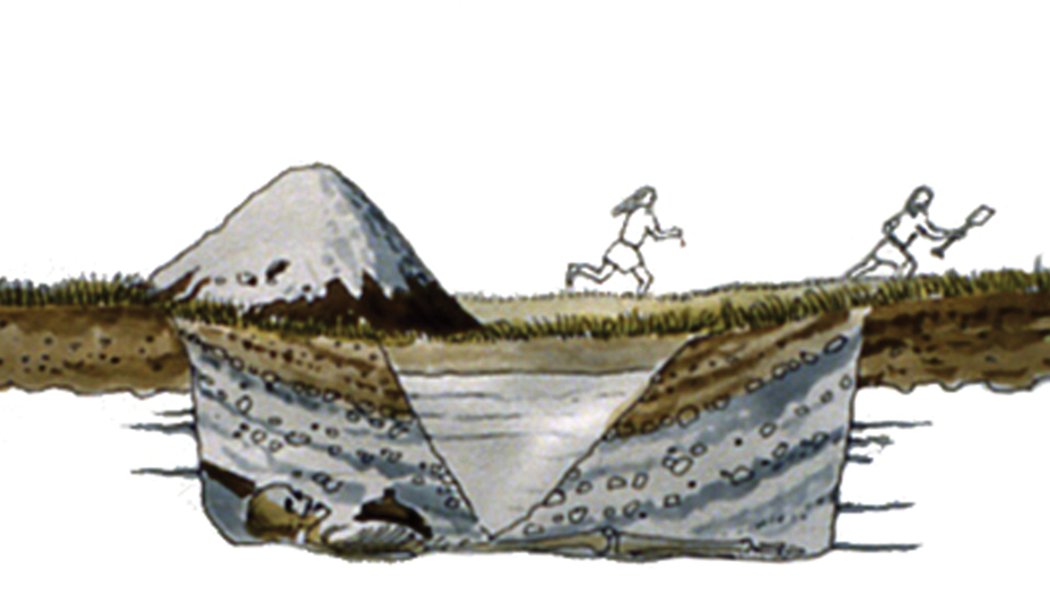
Machu Picchu is at least 20 years older than expected!
You may have seen this and thought 20 years doesn't sound like much, but it is and here's why. 1/9 🧵
You may have seen this and thought 20 years doesn't sound like much, but it is and here's why. 1/9 🧵

Machu Picchu is often thought of as the 'lost city' of the Inca.
But it isn't actually a city, it was built as an estate for Emperor Pachacuti. 2/9
But it isn't actually a city, it was built as an estate for Emperor Pachacuti. 2/9
Emperor Pachacuti paved the way for the Inca to rise from a city-state to the most powerful empire in pre-Columbian America. 3/9
📷: Depiction of Pachacuti in the 17th century second chronicles of Martín de Murúa.
📷: Depiction of Pachacuti in the 17th century second chronicles of Martín de Murúa.

He was thought to have risen to power in AD 1438 and started conquering places - including where Machu Picchu is.
This is where the original estimate of Machu Picchu's age comes from. 4/9
📷: Conquests of the Inca on this timeline
This is where the original estimate of Machu Picchu's age comes from. 4/9
📷: Conquests of the Inca on this timeline

But new radiocarbon dates indicate Machu Picchu was in use from AD 1420-1530.
This means Emperor Pachacuti must have risen to power and starting conquering things decades earlier than thought. 5/9
📷: Machu Pichu at the time the samples used in the new study were found.
This means Emperor Pachacuti must have risen to power and starting conquering things decades earlier than thought. 5/9
📷: Machu Pichu at the time the samples used in the new study were found.

It's not just rewriting the date of a single event or a building's construction. All that important early history is changed too.
It would be kind of like finding out Julius Caesar came to power 20 years earlier than thought. 6/9
📷: Or that this was Caesar
It would be kind of like finding out Julius Caesar came to power 20 years earlier than thought. 6/9
📷: Or that this was Caesar
This would also raise the question of how we got the date wrong for so long.
In this case, the previous age of Machi Picchu comes from Spanish records. These are also the source of much of Inca history, but this new find is challenging their reliability. 7/9
In this case, the previous age of Machi Picchu comes from Spanish records. These are also the source of much of Inca history, but this new find is challenging their reliability. 7/9
So moving Machu Picchu's age by 20 years might not sound like much, but it could have long-lasting implications. 8/9
• • •
Missing some Tweet in this thread? You can try to
force a refresh





















